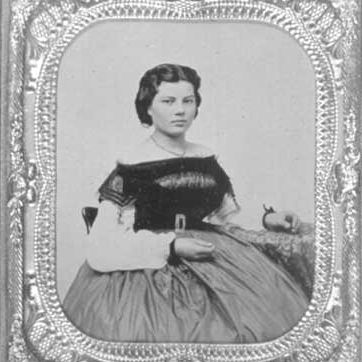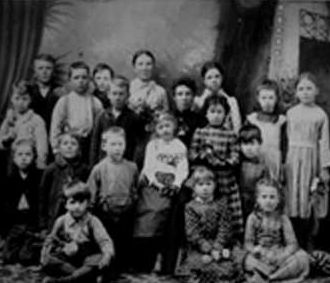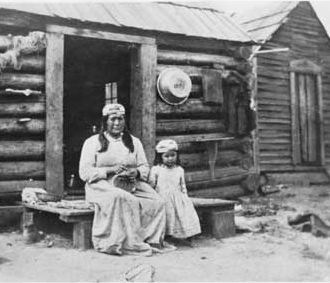About Peter Palmquist and His Work
When Peter Eric Palmquist died in 2003 at the age of 66, he left much undone. Professionally, he was in his prime as a collector of historic photographs and as a historian of early Western photography and women photographers. During his years of collecting, Palmquist amassed more than 150,000 photographs. These included scores of rare images from the earliest days of western American photography, in addition to some 50,000 photographs documenting more than 100 years of history in Humboldt County, California. He was very pleased that the Beinecke Rare Book and Manuscript Library at Yale University decided to make his materials a cornerstone of their Western Americana Collection. In all, 911 boxes containing his collections traveled to New Haven, some while Palmquist was alive and the rest shortly after his sudden death. In 2010, the Beinecke Library featured Peter’s work in the exhibit “From Aaron to Withington: Selections from Peter Palmquist’s Collection of Women Photographers.”
Although his life was cut short, the various photohistorical interests that he pursued and the spirit of independent research that he engendered and encouraged live on thanks to the Peter E. Palmquist Memorial Fund for Historical Photographic Research. Individuals and nonprofit institutions researching women photographers of any nationality, past and present, or Western American photography before 1900 are eligible to apply for the Peter E. Palmquist Memorial Fund for Historical Photographic Research.
We at Clio Visualizing History were were fortunate to have come into contact with the extraordinary work of Peter Palmquist and the organization he founded, Women In Photography Archive (WIP). Peter was extremely helpful in the early phases of our research on women photographers and the WIP Archive provided us with the images and biographical essays of the early California photographers that we are highlighting in this exhibit. The four essays presented here were written by Peter Palmquist. In addition to these biographies, presented with accompanying images selected by Peter, we have included in this exhibit three articles from the nineteenth-century to provide context for some of the issues involved in this history.




